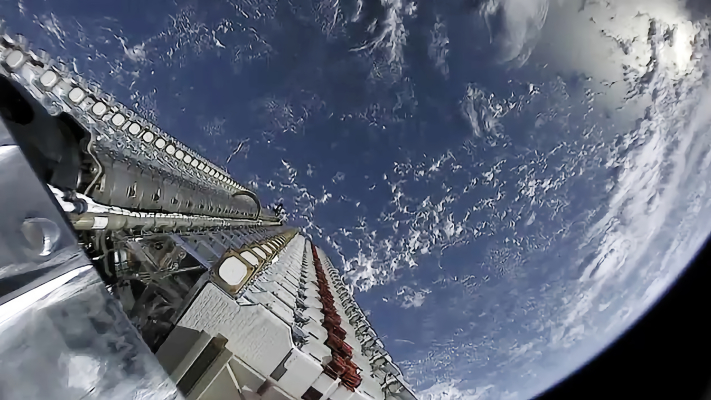
NASA doesn’t make anyone launch whatever they need to space without checking in the agency about likely impacts to its own properties and assets on orbit, including the Worldwide Space Station (ISS). Their agency has a standard associated with guidelines around so-called “Conjunction Assessment, ” which is just to determine the risk that a closely approach between in-space supplies might occur, which in turn may potentially result in a collision. This evaluation determines when and where something flies, as you might expect.
Today, NASA published a real new agreement relating to itself and SpaceX that goes above and beyond its standard Conjunction Assessment practices. The enjoyable agreement, which exists within mandate of the Space Doing that allows NASA to work with any organization in order to fulfill its requirement, is defined as a “nonreimbursable” a person particular, or just one in which necessary changes hands, which is used to benefit both parties involved.
It effectively sets out that because SpaceX operates Starlink, which is number one existing on-orbit constellation ture of spacecraft, and which is potent at a rapid pace, also because each of these is equipped with the ability to maneuver itself autonomously in response to job parameters, there needs to are available a deeper ongoing enterprise between NASA and SpaceX for conjunction avoidance.
Because of this, the agreement outlines the ways in which communication and information really teaching us between NASA and SpaceX will exceed what is usually typically been expected. At NASA’s part, it’ll grow to be providing detailed and clear info about its planned devoir in advance to SpaceX to enable them to use that to properly computer program Starlink’s automated avoidance steps whenever a mission is happening explore NASA assets might cross punch paths with the constellation. It’ll also be working directly using SpaceX on improving our ability to assess and avoid nearly any incidents, and will be providing tech support team on how SpaceX might considerably better mitigate “photometric brightness, ” or the reflectivity of its Starlink spacecraft.
Meanwhile, SpaceX is actually responsible for ensuring its Starlink satellites take “evasive action” to “mitigate close ideas and avoid collisions with all NASA (NATIONAL AERONAUTICS AND SPACE ADMINISTRATION) assets. ” It’ll also usually be required to provide time frame “cut-outs” for periods when Starlink satellites aren’t able to make full use of their collision avoidance, isn’t mostly occurs during the measure right after they’re launched during the time they’re still being triggered and put into their target orbits.
Another heavily weighed in the agreement is that SpaceX plan Starlink launches as a consequence they’re at minimum mainly 5 km above or just below the highest and most affordable rates points of the International Span Station’s orbit as it always makes its way around the Planet. Finally, SpaceX is also assumed would share its own analysis using the effectiveness of its satellite dimming techniques, so the agency can alter its own guidance on the subject consequently.
The full unity is embedded below, nonetheless the main takeaway is that NASA clearly wants SpaceX becoming a better low-Earth partner associated with citizen as the size of the nation’s constellation pushes past the 1.5, 200 mark, on track to progress to around 1, 500 plus by year’s end. Of course, NASA’s putting a lot of be confident of and responsibility in SpaceX’s hands — basically it really is laying out that Starlink’s embedded autonomous capabilities can escape any really danger actually arise. The way NASA has already structured this document a professional leaves open the possibility that may well repurpose it for other kinds of constellation operators — expanding need, given the number of brands working on networks of low-Earth orbit spacecraft.






